-
Changing climate may affect animal-to-human disease transfer
Climate change could affect occurrences of diseases like bird-flu and Ebola, with environmental factors playing a larger role than previously understood in animal-to-human disease transfer. Researchers from The University of Queensland and Swansea University have been looking at how different en...Read more -

Translocation of bighorn sheep in Arizona has positive genetic outcomes
Translocation is an important management tool that has been used for more than 50 years to increase bighorn sheep population numbers in Arizona and to restore herds to suitable habitat throughout their historical range. Yet, translocation also can alter the underlying genetic diversity and spatia...Read more -
New massive dataset of bacterial proteins
Scientists from Switzerland and the Netherlands have conducted a quantitative and qualitative analysis of the proteins that the bacterium Escherichia coli expresses in 22 different growth conditions. More than 2,300 proteins were identified, some at average levels of one copy per cell. The result...Read more -
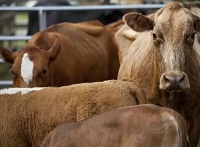
Biological treatment for cow disease
A University of Florida Institute of Food and Agricultural Sciences researcher and his colleagues are far more certain now that a new biological treatment could prevent dairy cattle from getting uterine diseases, which might improve food safety for people. That’s because Kwang Cheol “...Read more -

What does a healthy ageing cat look like?
The hair coat of older cats may take on a clumped and spiked appearance associated with a reduction in grooming activity. Just as improved diet and medical care have resulted in increased life expectancy in humans, advances in nutrition and veterinary care have increased the life span of...Read more -
Antihypertensive effect of fermented milk products under the microscope
Over the past decade, interest has been rising in fermented dairy foods that promote health and could potentially prevent diseases such as hypertension (high blood pressure). Functional dairy products that lower blood pressure and heart rate may offer consumers an effective alternative to antihyp...Read more -
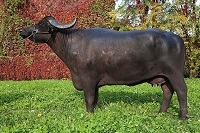
Water buffalo genome unveiled
This is “Olimpia da Farfengo” the female Mediterranean water buffalo that researchers sequenced. An international team of researchers led by the University of Adelaide has published the full genome of the water buffalo — opening the way for improved breeding and conservation of...Read more -

Sheep are able to recognize human faces from photographs
Sheep can be trained to recognise human faces from photographic portraits — and can even identify the picture of their handler without prior training — according to new research from scientists at the University of Cambridge. The study, published today in the journal Royal Society: O...Read more -

When horses are in trouble they ask humans for help
Horse making demands: The horse a) lightly pushes and b) looks at the caretaker standing outside the paddock. Food is hidden inside one of the two silver buckets behind them. When horses cannot obtain this food by themselves, t hey give humans visual and tactile signals. A new study has ...Read more -

Infectious prion structure shines light on mad cow disease
Groundbreaking research from the University of Alberta has identified the structure of the infectious prion protein, the cause of “mad cow disease” or BSE, chronic wasting disease in deer and elk and Creutzfeldt-Jakob disease in humans, which has long remained a mystery. The infectiou...Read more -
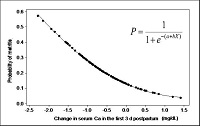
Risk Factors for Uterine Disease in Dairy Cows
Uterine diseases are highly prevalent in high-producing dairy cows. Metritis affects about 20% of lactating dairy cows, with the incidence ranging from 8% to >40% at some farms (Curtis et al. 1985; Galvão et al. 2009a; Goshen and Shpigel 2006; Hammon et al. 2006; Huzzey et al. 2007; Markusfeld...Read more -
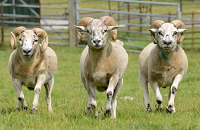
Sheep gene insights could help farmers breed healthier animals
Fresh insights into the genetic code of sheep could aid breeding programmes to improve their health and productivity. Scientists have mapped which genes are turned on and off in the different tissues and organs in a sheep’s body. Their findings shed new light on the animal’s complex ...Read more -

Some calves are inherently optimistic or pessimistic, just as humans are, a new University of British Columbia study has found.
Recognizing these individual personality differences is important to ensure animals are treated well, says professor Marina von Keyserlingk, who led the research team from UBC’s animal welfare program in the faculty of land and food systems. “Sometimes we are tempted to see only the h...Read more -
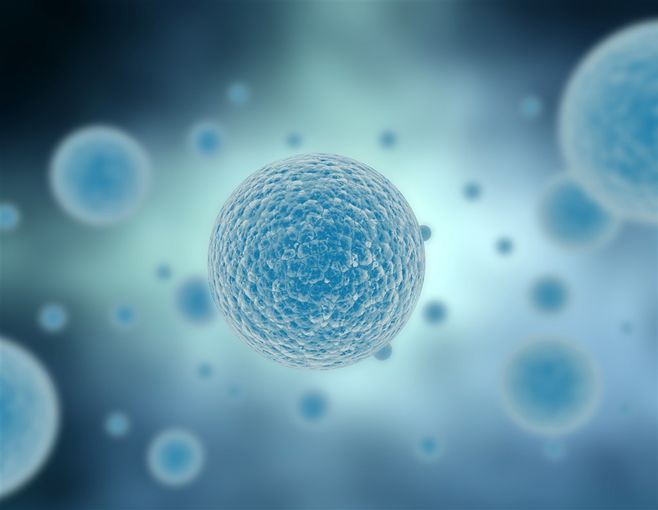
Humans carry more antibiotic-resistant bacteria than animals they work with
Antibiotic-resistant bacteria are a concern for the health and well-being of both humans and farm animals. One of the most common and costly diseases faced by the dairy industry is bovine mastitis, a potentially fatal bacterial inflammation of the mammary gland (IMI). Widespread use of antibiotic...Read more -
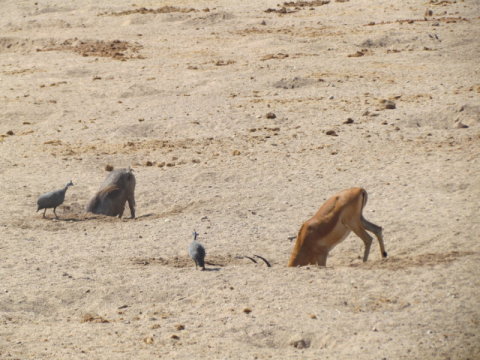
Why do animals dig waterholes?
Scientists from Berlin showed that animals in the Ruaha National Park in Tanzania, East Africa, already dig waterholes during dry seasons even if water is still available in the riverbed. When the river dries up and the water stops flowing, the water quality in the remaining pools deteriorates as...Read more -
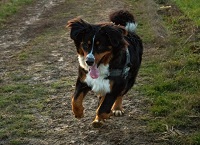
Why aren’t some dogs walked regularly?
A new study from the University of Liverpool in collaboration with The University of Western Australia has examined why some people feel motivated to walk their dogs regularly and others don’t. There are more than 8 million dogs in households across the UK. Unfortunately not all of them ar...Read more -

Scientists work to develop heat-resistant ‘cow of the future’
University of Florida scientists are working to breed the “cow of the future” by studying the more heat-tolerant Brangus cow — a cross between an Angus and a Brahman. Raluca Mateescu, an associate professor in the UF/IFAS department of animal sciences, is part of a team of UF/I...Read more -
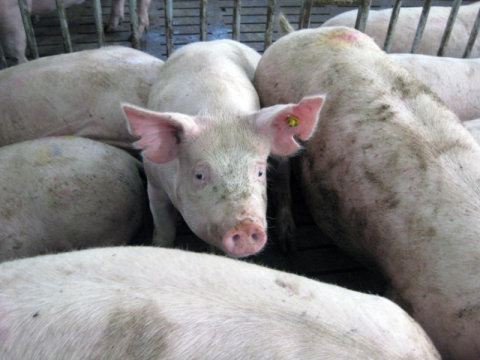
Success combating multi-resistant bacteria in stables
Multi-resistant bacteria represent a major problem not only in hospitals but also in animal husbandry. A study of the University Bonn describes how a farmer successfully eliminated these pathogens entirely from his pig stable. However, the radical hygiene measures taken in this case can only be a...Read more -
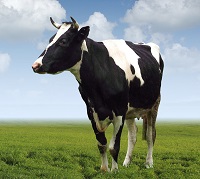
Researchers discover new cattle disease and prevent it from spreading
Following genetic studies of deformed calves, research is able to uncover a previously unknown disease found among Holstein cattle. The breeding bull from which the mutation and thus the deformation originate has now been put down to prevent the disease from spreading further. Within Danish cattl...Read more -
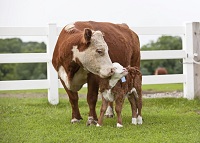
Rebreeding performance begins at calving time
Rebreeding efficiency comes down to three key words: body condition score. Body condition score (BCS) is a numeric estimate of the amount of fat on the cow’s body. BCS ranges from 1 to 9; 1 is emaciated, while 9 is extremely obese. A change in a single BCS, 4 to 5 for example, is usually associa...Read more -

Virus common among livestock depends on a micro-RNA to replicate
In the ongoing arms race between pathogenic viruses and the cells they infect, each side needs every advantage it can get. One way wily viruses can get a leg up is by subverting the microRNAs (miRNAs) of their host. These miRNAs are small stretches of RNA made by host cells to regulate gene expre...Read more -
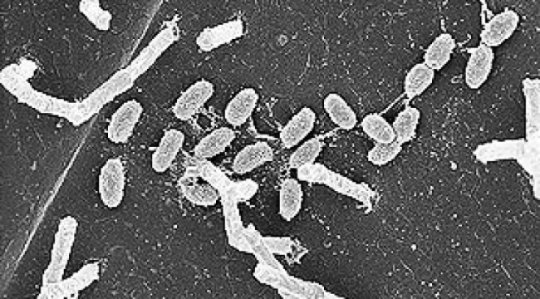
Microbial companions of humans, animals are highly specialized
It has long been known that almost all organisms have microbial companions. However, only about ten years ago did researchers find out that these bacterial communities are extremely rich in species. Humans and other mammals are often hosts to several thousand species, and even minute organisms li...Read more -
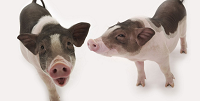
Protecting pigs from PRRS during reproduction
In the words of Kansas State University researcher Raymond “Bob” Rowland, his latest work is helping to eradicate a devastating swine disease. The disease is caused by the porcine reproductive and respiratory syndrome, or PRRS, virus. The virus costs the U.S. pork industry more than $...Read more -

Muzzle in on cattle classification
Researchers are developing a biometric identification system for cattle that could reduce food fraud and allow ranchers to control their stock more efficiently. The system described in the International Journal of Image Mining uses the unique features of a prominent part of the animal to identify...Read more

